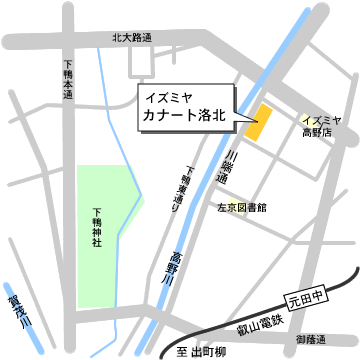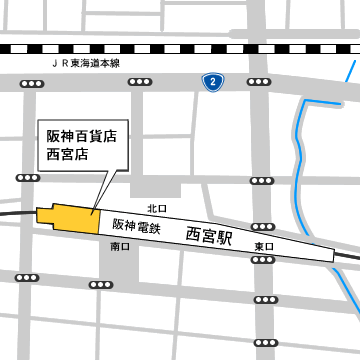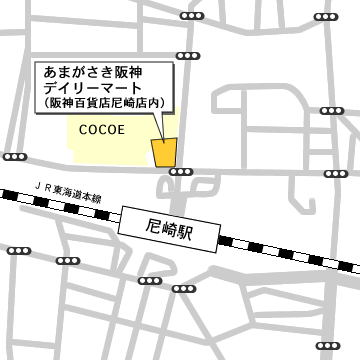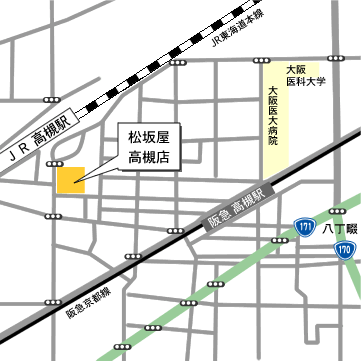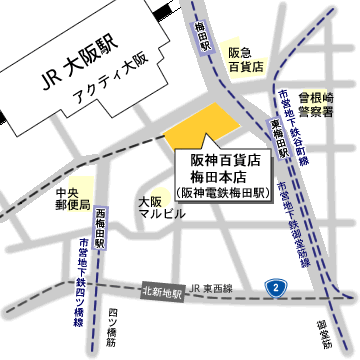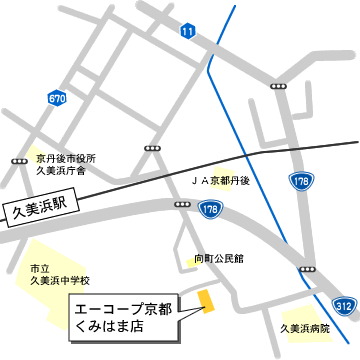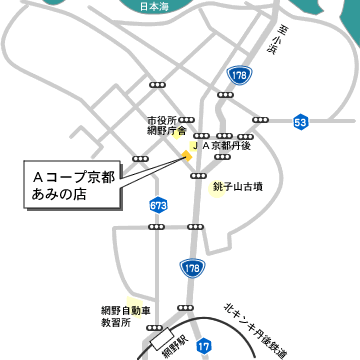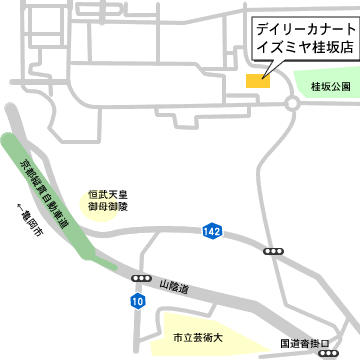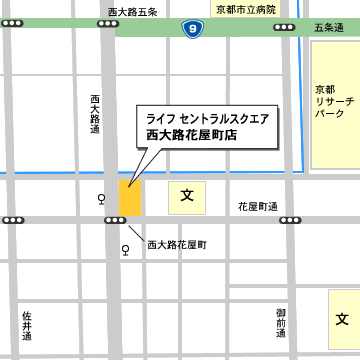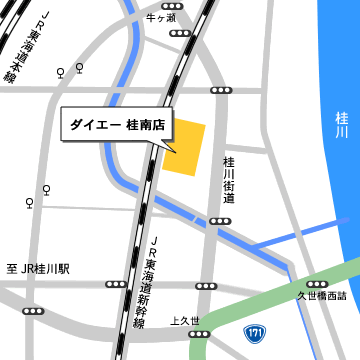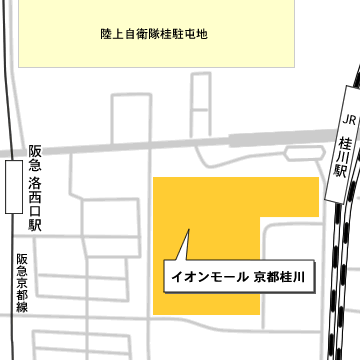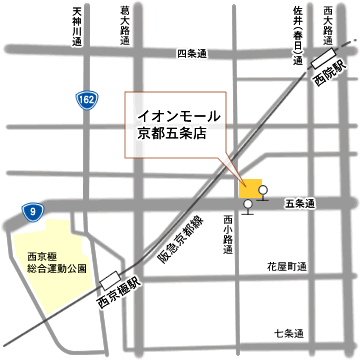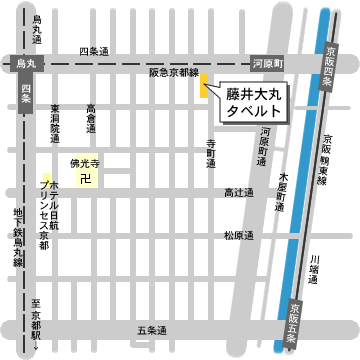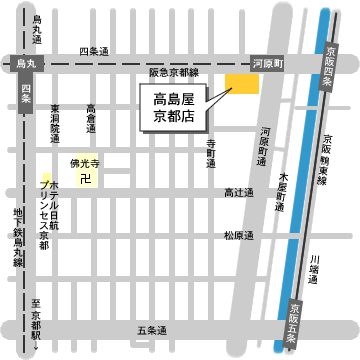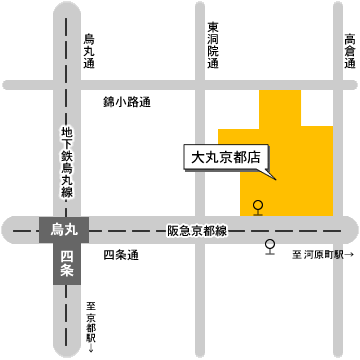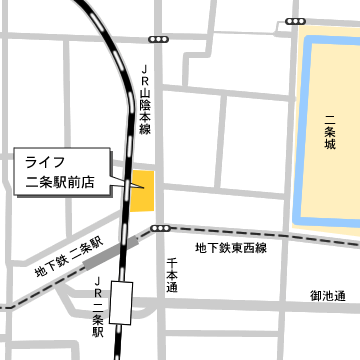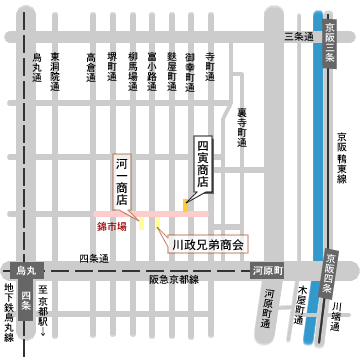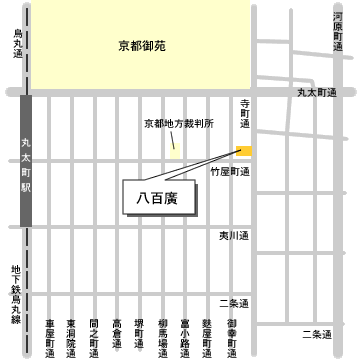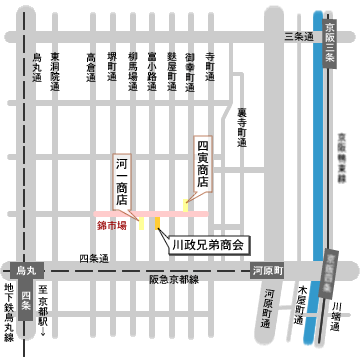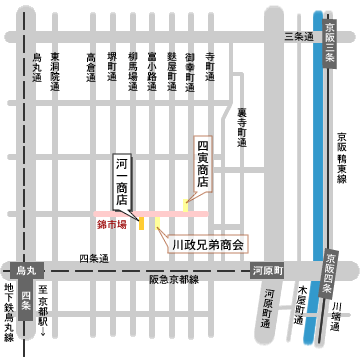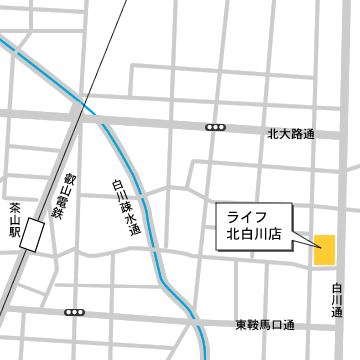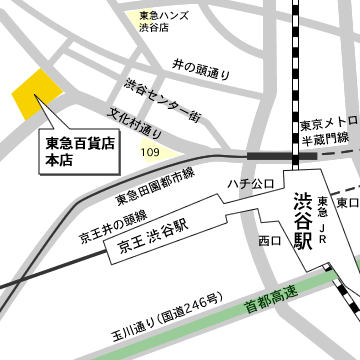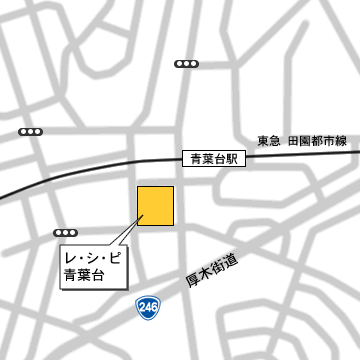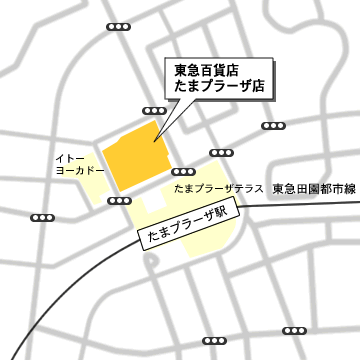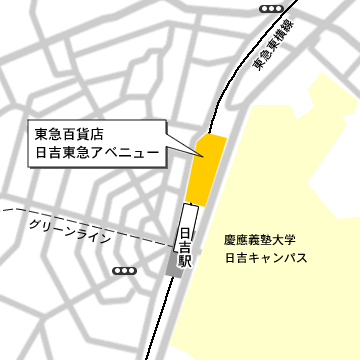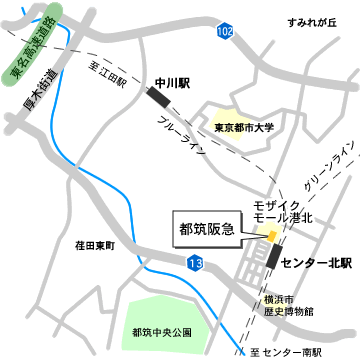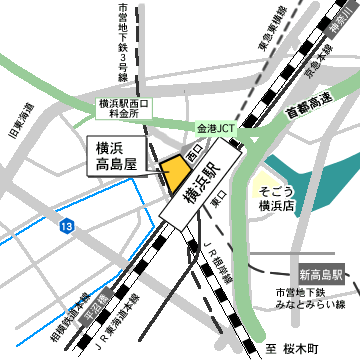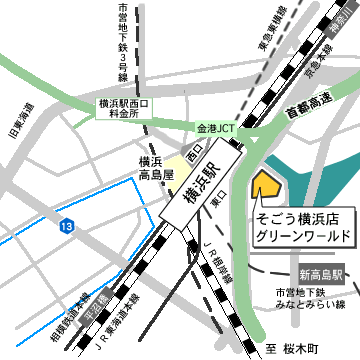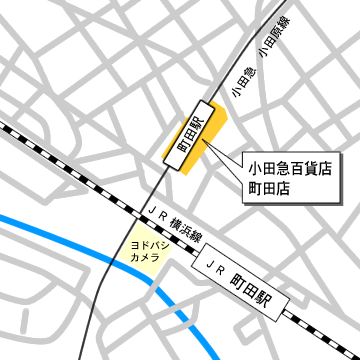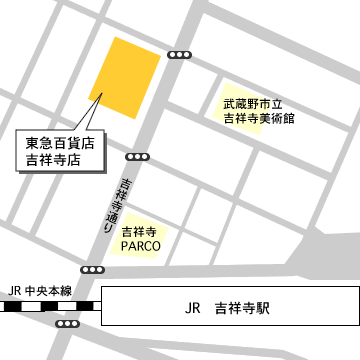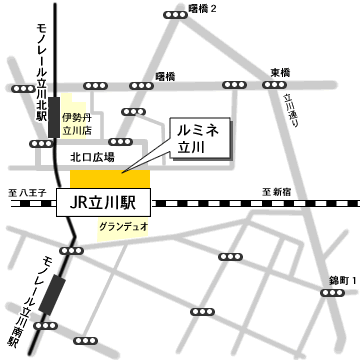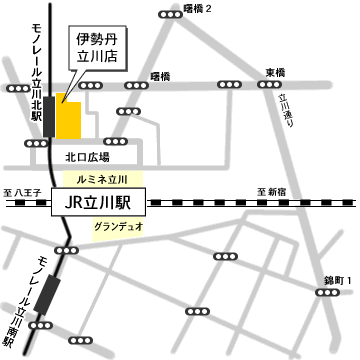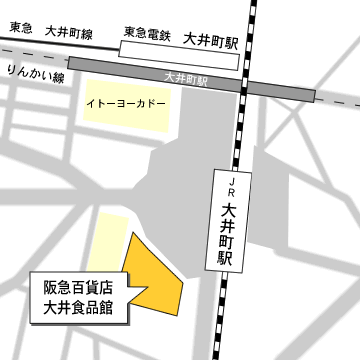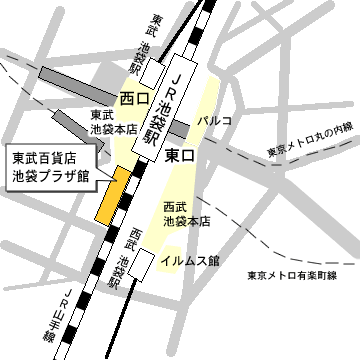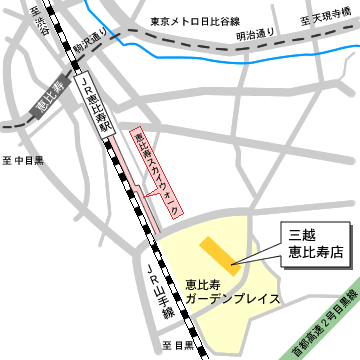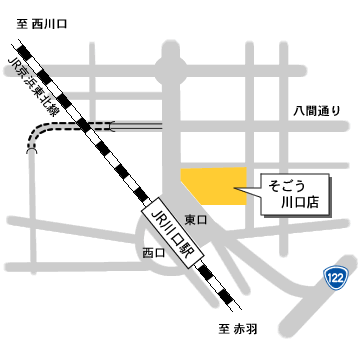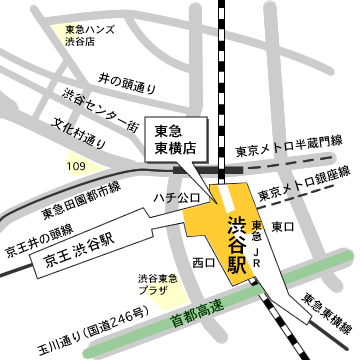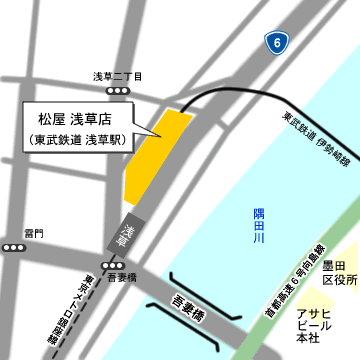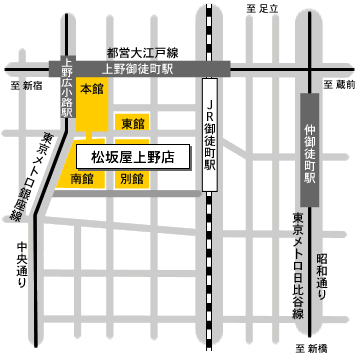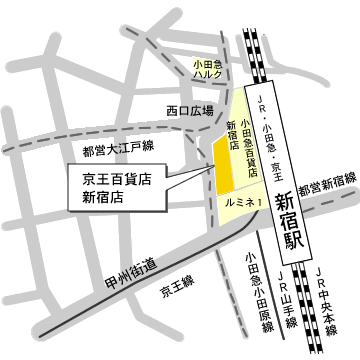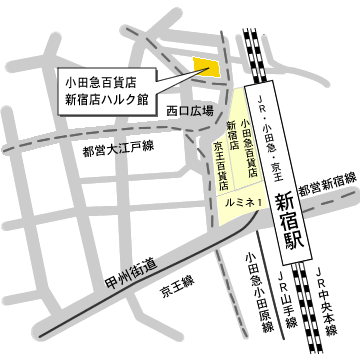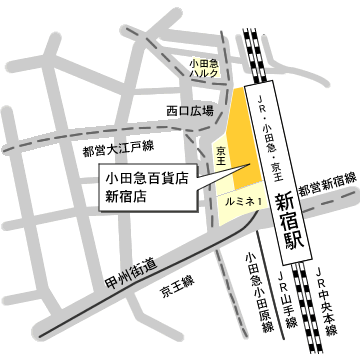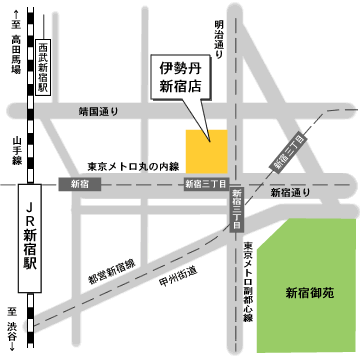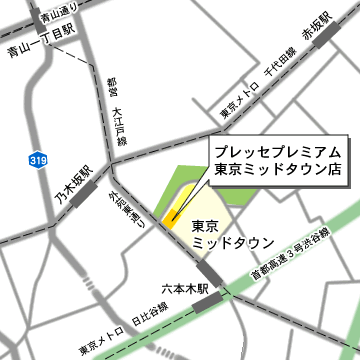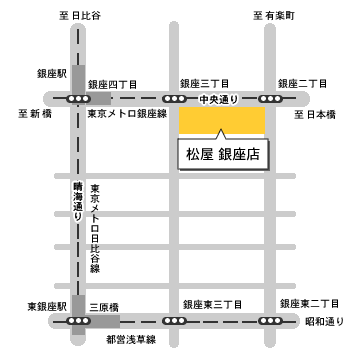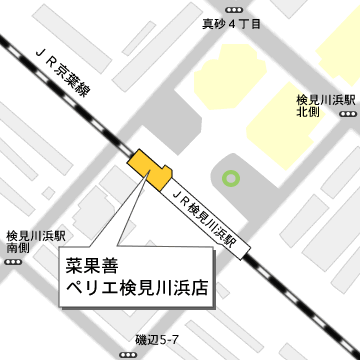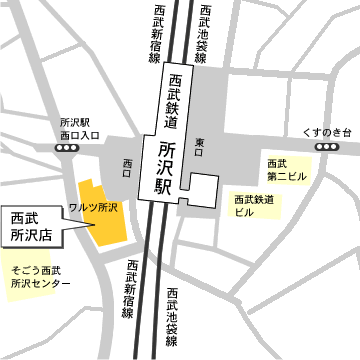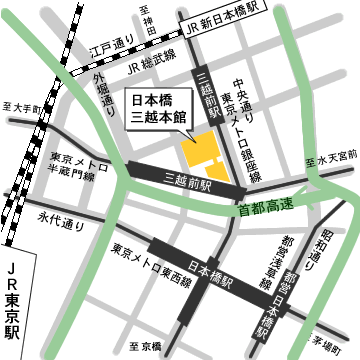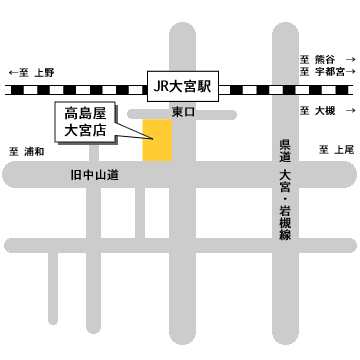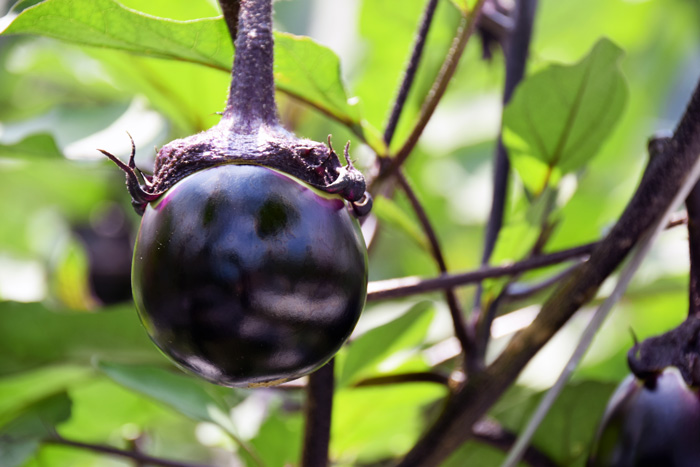
『Kamo Eggplant』becomes Kyoto Cuisine’s Protagonist
The pronunciation of「Fawn eggplant」is 「Bokenasu」.It’s getting too big, and also not glossy at all. Which means watery and not tasty eggplant. On the contrary, 「Fawn eggplant」is exactly the opposite. If make a personification, the existence is just like the Kuge. Its rounded elegant shape, deep purple luster that symbolizes nobility. And taste that increases the depth enough to bite. Everything is, the result of the producer pours affection and taking care carefully with carethe producer pours affection.
Excellent record in the Edo period
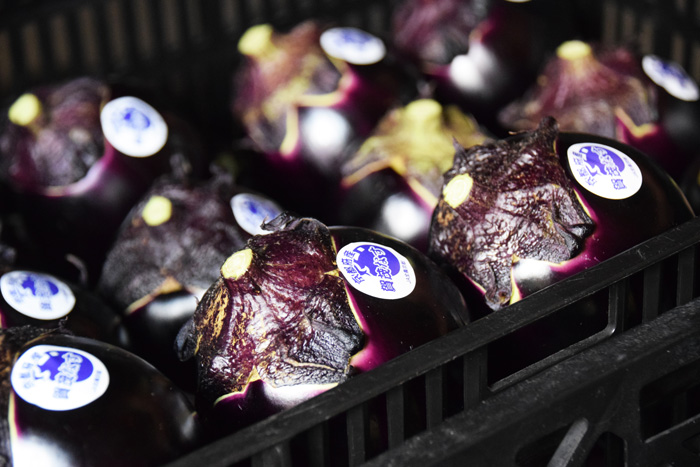
There is a so-called chorography「Youshuuhushi(ようしゅうふし)」. This book was published in the early Edo period, the state of Yamashiro country is recorded for all 10 volumes, in 1648(Shōhō5/Keian1). There is a passage like the following in the 「Vegetables Part」.
「處々種之 或有紫茄黄茄白茄子之異 然紫色者為佳形状也 或有細長者 民間称長茄 然風味不及圓大者 洛東河原之産為殊絶」It roughly means that the eggplants are planted everywhere in the country of Yamashiro and they have purple, yellow and white eggplants. The rounded and big eggplant is better than the purple and, narrow and long eggplant in the flavor. The eggplant grown in the riverbed in Rakuto which is currently located in the east of Kamogawa from Imadegawa to Sanjo.
Speaking of a rounded and big eggplant, it can only be the “Kamo Eggplant”. It is presumed that these are its roots. That is, the eggplant, that was grown in what is now Sakyu Ward, was later actively cultivated in Kamogamo and Nishigamo. And during the Meji era it had already been referred to as the “Kamo eggplant”.
What would happen if we explored these roots from its variety name? The variety name is “Big Seri River” and there are two places under the name Seri River in Kyoto. One is the Seri River in Arashiyama, but there is no possibility for ancestor of the Kamo Eggplant to be here.
The other is in Fushimi Ward, Shimotoba Serikawa, where the round eggplants, once called Takeda eggplants, were grown.
Therefore, it seems this is the area where they originated. Historically, the “Kamo Eggplant” has been cetified as “Kyoto Brand Product” since 1989 (start of Heisei).
Round, heavy, delicious
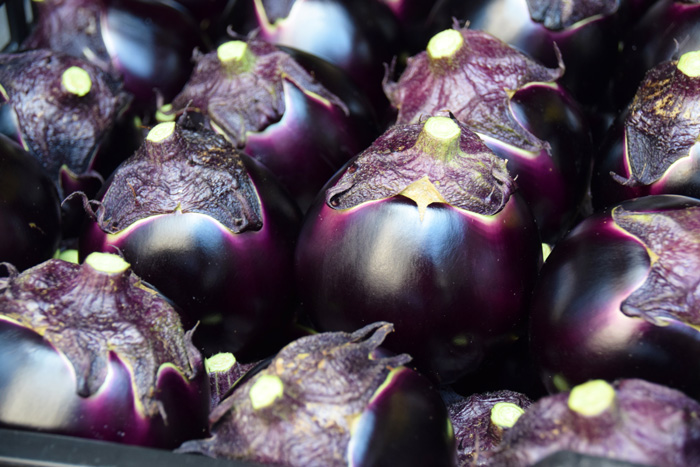
The history of the eggplant is long, for it has been cultivated in Japan for over 1000 years. Currently there are around 180 varieties of different shapes and sizes. Among them, the “Kamo eggplant” is called the “Queen of Eggplants”.
So, what is different about it? First, it’s the appearance. While common eggplants are elongated, the Kamo eggplant has an almost perfect round shape with a diameter of 8-10cm. Since the flesh is very tight, it feels heavy when you hold it in your hands. One weighs approximately 260-300g.
Its color is dark purple, shining brightly. Beautiful food also tastes better. Although its flesh is tight, it is never hard, but feels smooth and melting. Because of its distinctive flavor, it would be served as a main dish even in a Kaiseki course meal, rather than having a supporting role.
Its compatibility with oil is one of its features. Even if you use plenty of oil, this eggplant will not soak up too much. This is because the flesh is crunchy, and you can feel the real flavor and incomparable taste complemented by the oil. This is why the title “Queen of eggplants” suits it.
The more you care for it, the better it grows
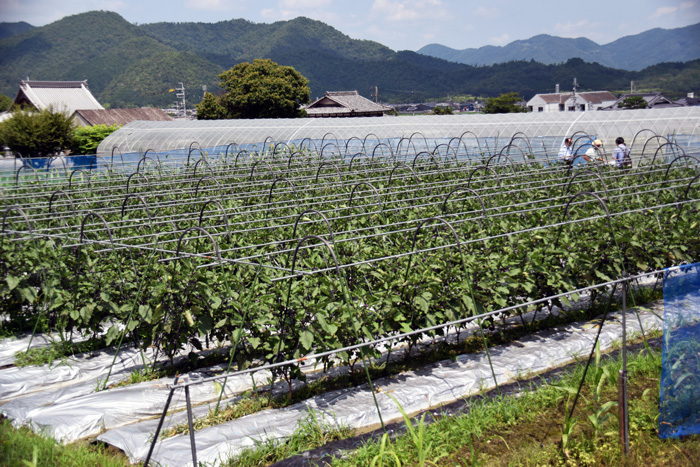
Eggplants are often cultivated in a house, but Kameoka’s “Kamo eggplants” are grown in an open field. It is good if the soil is close to a rice field.
If you continue growing the “Kamo eggplant” in the same place, soil-borne diseases are likely to occur. To prevent this, the soil where “Kamo eggplants have been produced once, would be used as paddy fields for rice production for 2-3 years. The watering method for rice and Kamo eggplants is similar. This not only reduces disease occurrence, but the rice plants also absorb nutrients from the soil, making fertilizer management easier.
As for the watering, the water is stopped with sandbags, and water is given separately. The rule is to give water in the cool evening hours. This is because the water would warm up quickly and harm the roots during the hot time of day.
A kind of corn called High Glen Corgo is used as a countermeasure against pests and wind. This has the effect of attracting stink bugs and ladybugs, which eat pests such as plant lice and acari.
On the other hand, it is important to prevent frost and water evaporation. Therefore the soil is covered with black sheets until around April, in order to warm it up and gather heat. After that it is changed to a silver colored sheet to prevent evaporation.
The “Kamo eggplant” takes a lot of time and effort, but as long as you take good care of it, it will bear good fruits.
“Cherish it as a child” Mr. Matsuoka Shinji
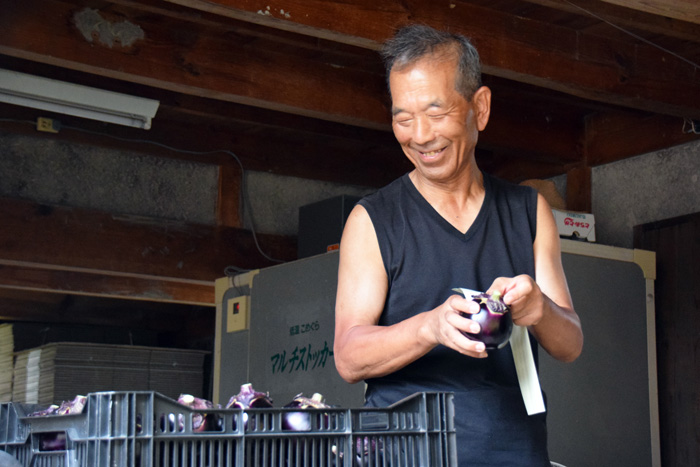
Currently, about 60% of Kyoto’s production of “Kamo eggplant” is grown in Kameoka. The JA Kyoto Vegetable Association Kameoka Branch Kamo Eggplant Division is responsible for the production. Mr. Matsuoka Shinji, the chairman of the association, began dealing with Kamo eggplants 11 years ago. “We started with 150, now we have around 200”, he says.
The “Kamo eggplant” is also known as “Water and fertilizer eating”. This is how important water management is. It requires plenty of fertilizer too.
“We pay special attention to water. Of course, we need to water it every day, but just mistaking the time of drainage can lead to losing the luster. In order to give it enough light and wind, we need to prune every day too. If the branches stretch out too far, nutrients will not reach the eggplant. Moreover, since “Kamo eggplants” have sharp thorns, sometimes when the wind blows, it would harm its own fruits. We have to look around the fields daily to make sure that does not happen.”
The “Kamo eggplant” is also called “three sepals” and as the name suggests, the ones which have three separated triangular sepals are considered the best. Just before the sepals, there are sharp thorns, so we need to handle them carefully.
The “Kamo eggplants” need time and care to such extent, that you have to be completely devoted to them during the season. It is a demanding crop, but this seems to be one of charms that attract producers.
“In short, it’s like raising a child. We pour plenty of love, and arrange the environment, so that it grows smoothly. We measure the balance every day while talking to every single eggplants in the field from the bottom of our hearts. Please grow into a healthy little eggplant.”
In order to raise a living thing, the most important is love. By doing ordinary things neatly, 『Kamo Eggplant』, Kyoto Cuisine’s protagonist, can grow smoothly.



